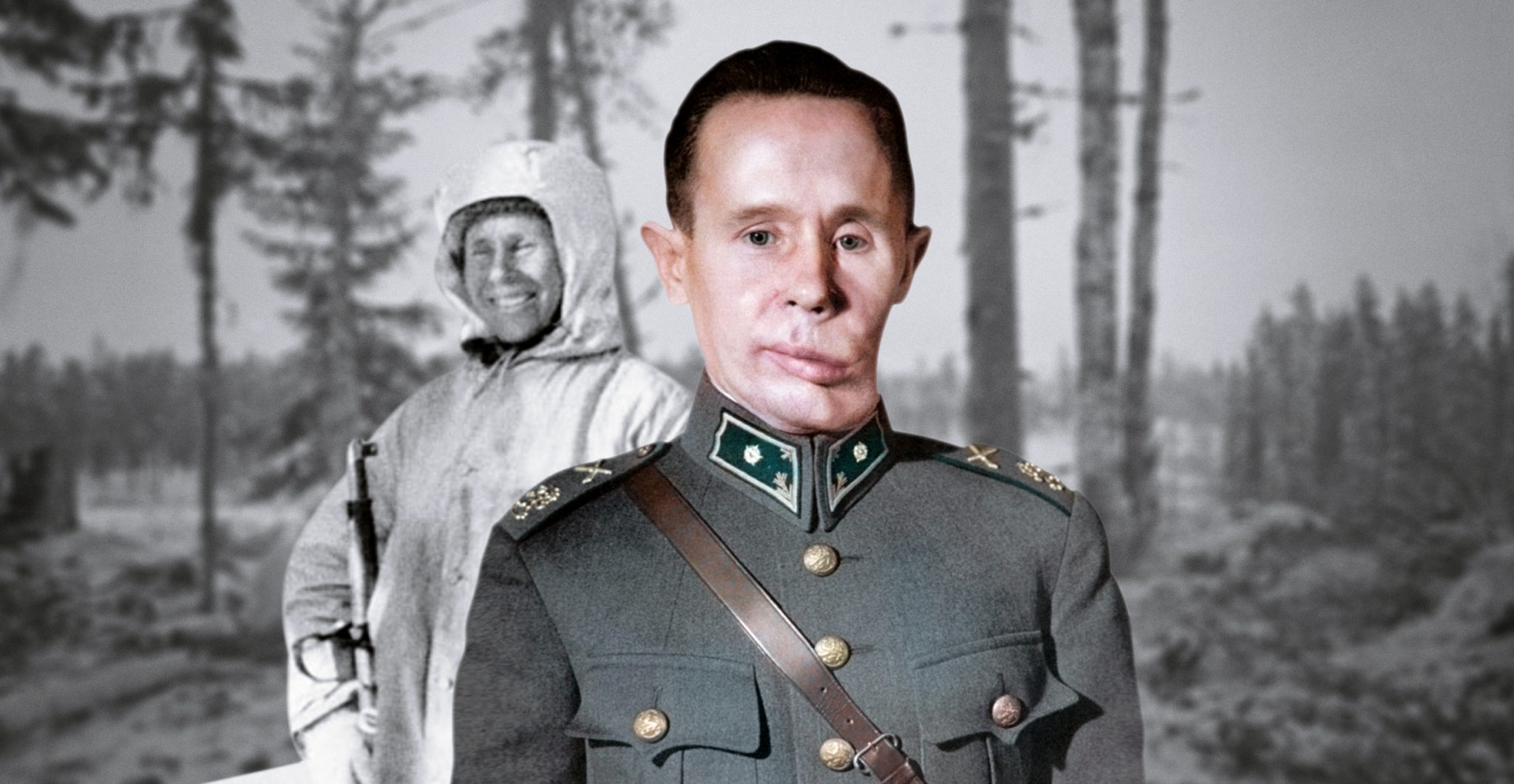The White Death became Finland’s (and, arguably, the world’s) most prolific and famous sniper. During the Soviet-Finnish war of 1939-1940, he achieved an estimated 500 to 542 kills.
The strategic situation was dire. The Soviets invaded Finland during their friendship pact with Nazi Germany. Their army had a painfully short time to prepare, and Stalin’s purges had devastated the effectiveness of the Red Army.
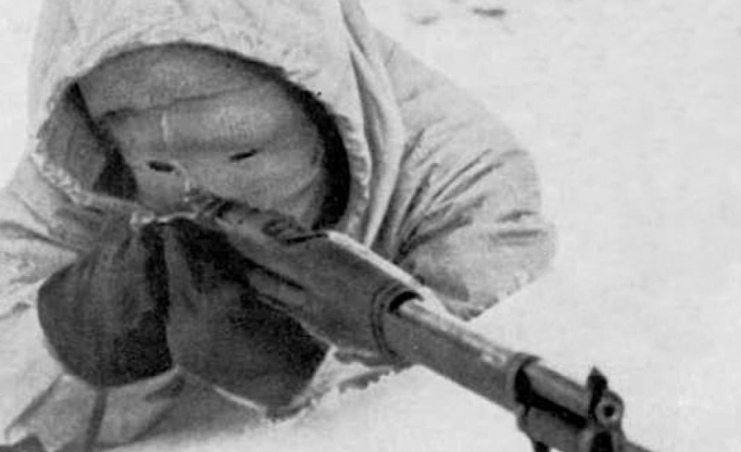
For example, they transferred a unit from Ukraine where there were relatively mild winters compared to the operations in Finland.
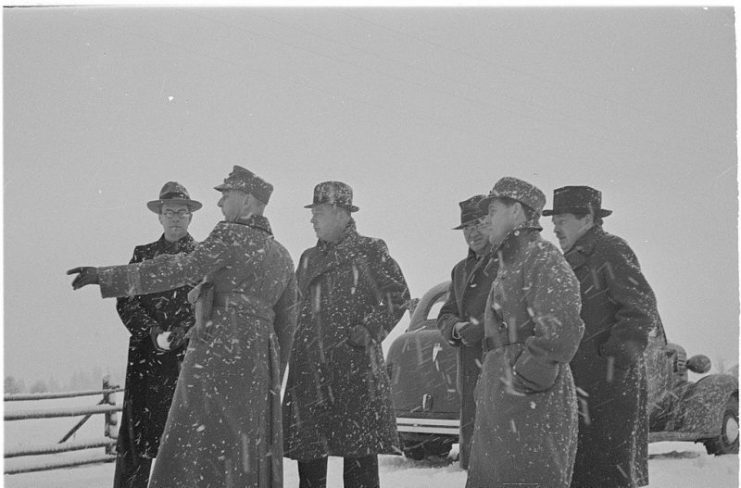
Finland had few major roads and only one rail line which forced the army to operate on a logistical and strategic shoestring. The Russian infantry, armor, and air units were disjointed, yet the Russians still had a large advantage in numbers and the element of surprise. In addition, the Fins had few allies to help them.
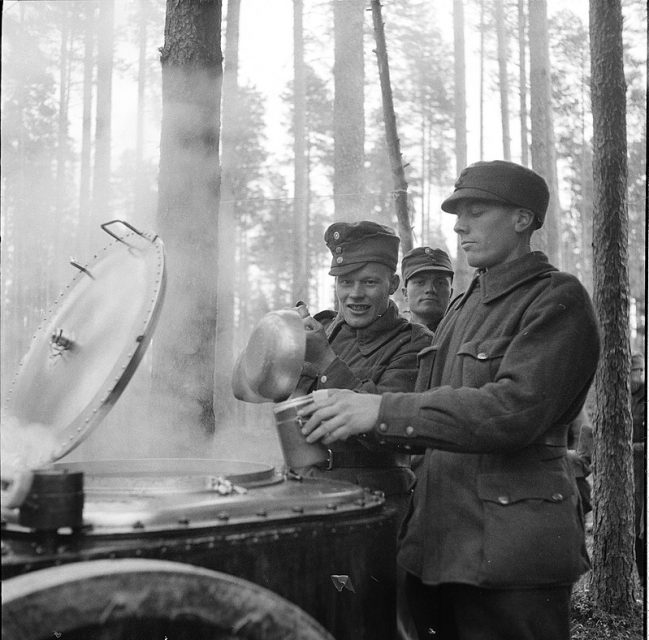
The Finnish had prepared defenses which largely took advantage of the rough semi-tundra terrain, bill boxes, wire, and fortified belts of defenses along the likely route of the Russian advance.
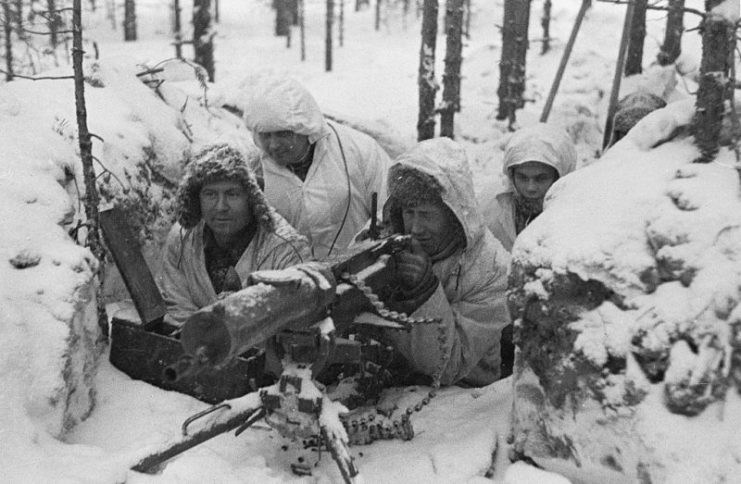
One member of the Finnish guard unit was named Simo Häyhä. He was armed with a guard rifle, the Sako M28-30, and wore white winter camouflage (which was often unavailable to his enemies.) This gun was surprisingly accurate to a range of 2000m with little recoil.
https://youtu.be/-rzYtAc6zKo
He preferred iron sights over telescopic sights, as they enabled him to present a smaller target for the enemy. Since he had been shot by a counter sniper, this was an important point for him. It also allowed him to avoid raising his head to use the telescopic sight.
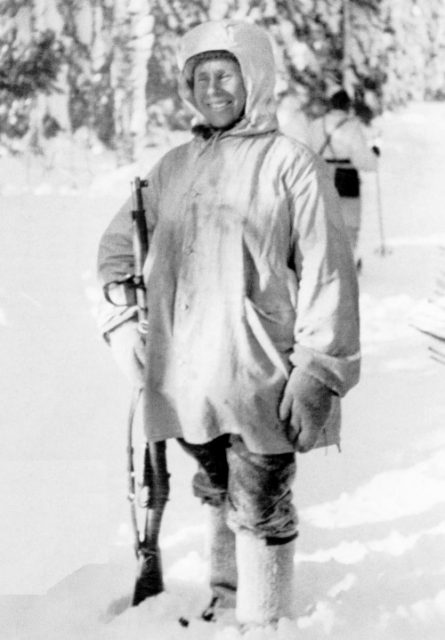
The sights were more reliable in cold weather and wouldn’t cloud up like a scope. Häyhä could conceal the gun more easily since there were no lenses from which the sun could reflect.
Probably the most important factor was that Häyhä also did not have prior training with scoped rifles, and therefore preferred not to switch to the Soviet scoped rifle (m/91-30 PE or PEM).
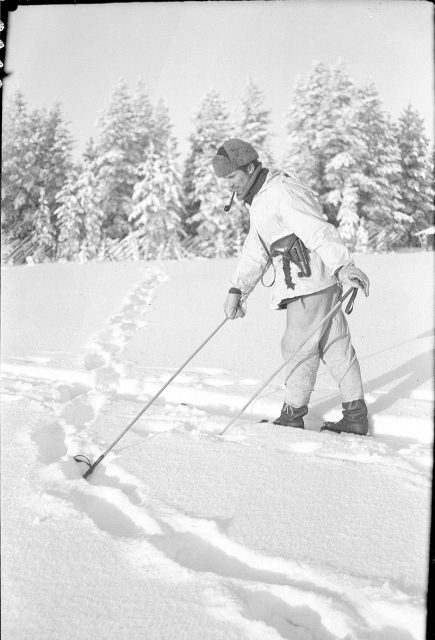
As the Russians clumsily advanced into the Finnish positions, Häyhä would pack dense mounds of snow in front of his position to conceal himself, provide padding for his rifle, and reduce the characteristic puff of snow stirred up by the muzzle blast.
Sources report that he kept snow in his mouth to prevent steamy breaths in the cold air from giving away his position.
With these tactics he completed a record number of kills during just one hundred days and with limited daylight. This speaks of the intensity of the fighting in the winter war between Russia and Finland.
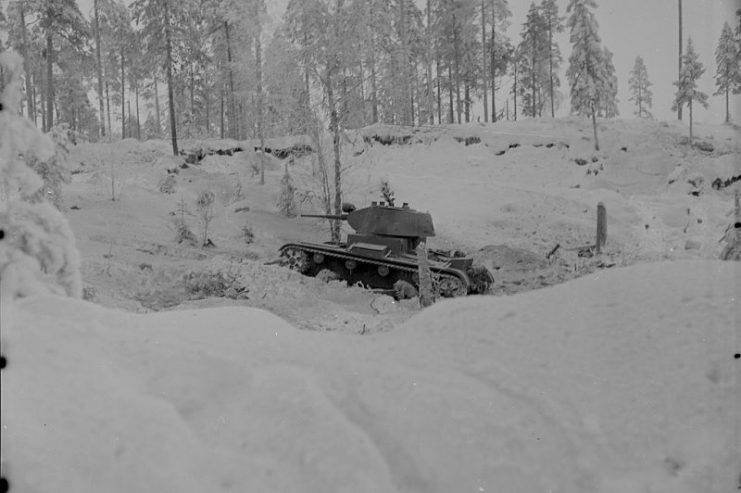
His career ended when he took a bullet to the jaw in early 1940. Ironically, he survived and woke up from the wound on the day hostilities ended between Russia and Finland. He took years to recuperate fully, but he lived until his 90s.
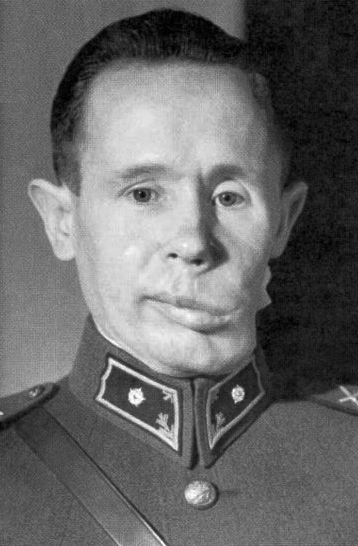
Snipers don’t win a war, but they are extremely useful in a conflict. In general, a sniper lowers morale among the enemy as soldiers begin to feel that any location can be unsafe. Operationally, snipers can kill key officers or personnel, like radio operators or counter snipers.
In the case of Finland and the people who remember him, the “White Death” was one of the leading themes of Finnish propaganda. The Finnish newspapers frequently featured the invisible Finnish soldier, thus creating a hero of mythical proportions.
Read another story from us: The USSR’s Extraordinary Women Snipers of WW2
Recalling Marine Corps training, this is a stark reminder of the power of a single infantryman with a rifle.
We should always keep in mind that industrial warfare is marked by coal and steel, and modern warfare by computers and drones, but a single soldier armed with a rifle remains the heart of the battlefield.
